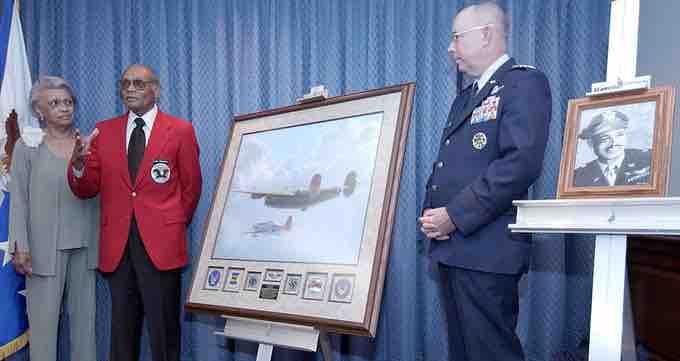There are several important considerations for an individual to keep in mind to help a group presentation succeed.
Choosing Roles
The instructor may require every person to speak during the presentation. However, if you are given a choice of how many speakers to include, decide which group members will speak and which ones will not. Because it is important for every student to develop strong knowledge of presenting, every member could benefit from speaking. Any members who do not present should be given other significant responsibilities .

Presenting in a Group.
Some thought is necesarry to sort out one's individual role in a group presentation.
Group Introduction
The first speaker should open with an introduction to the whole presentation rather than an introduction to only his or her part. This group introduction makes the presentation as a whole accessible to the audience. It introduces the group members, establishes goodwill between speakers and the audience, motivates them to listen, and previews all the talks.
Transitions between Speakers
Each speaker should identify the next speaker by name and signal that person's topic. Changing speakers without such a spoken transition can break the flow of the presentation, and it may leave the impression that you are unprepared or that your presentation is unorganized. A transition should remind the audience of the sequence the group introduction promised. It should help listeners know where they are in the presentation as a whole. Transitions may also emphasize any special qualifications of the next speaker.
Internal Previews
Each individual speaker except the first should connect his or her part to the overall argument and tell the audience what topics he or she will discuss. Such statements identify the structure of the talk and help the audience follow along.
Group Conclusion
The last speaker should present a conclusion for the whole presentation rather than just a conclusion for his or her part. The last speaker is responsible for ensuring that the series of talks is comprehensible as a whole. He or she should summarize briefly the key points, motivate the audience to act, or reinforce the group's interpretation of the issue with a memorable closing statement.
Move to the Front to Speak
If all the group members remain standing during the presentation, each one should move to the front of the room when it is his or her time to speak. Moving to the front will non-verbally draw the audience's attention to the speaker.
Connect with the Audience through Eye Contact
In a team presentation, every individual speaker needs to develop rapport with the audience. Since each person has only a short time to connect with the audience, eye contact and introductions are especially important. Speakers should stand where they can see the computer screen, the audience, and, if possible, other team members.
Check for Overlaps, Accuracy, and Consistency
Since group members often prepare their parts of the presentation individually, it is necessary to check for overlapping or contradictory information once the individual parts are assembled. Although the first and last speakers cover the presentation as a whole, the speakers in the middle should not re-present evidence unless new analysis is involved. A speaker should build on what the previous speaker said—not merely repeat it.
Check for Consistent Formatting
All handouts or visuals should use the same formatting. A patchwork of different fonts, font sizes, and other formatting conventions may negatively impress the audience, distract or mislead them, and undermine the group's credibility.
Answering Questions as a Team
The person who speaks first should act as the leader during Q&A. He or she should direct questions to the team member who knows most about the topic of the question and should therefore answer first. The leader should not dominate Q&A. Other team members may unobtrusively signal that they would like to contribute to the answer when the first person finishes.